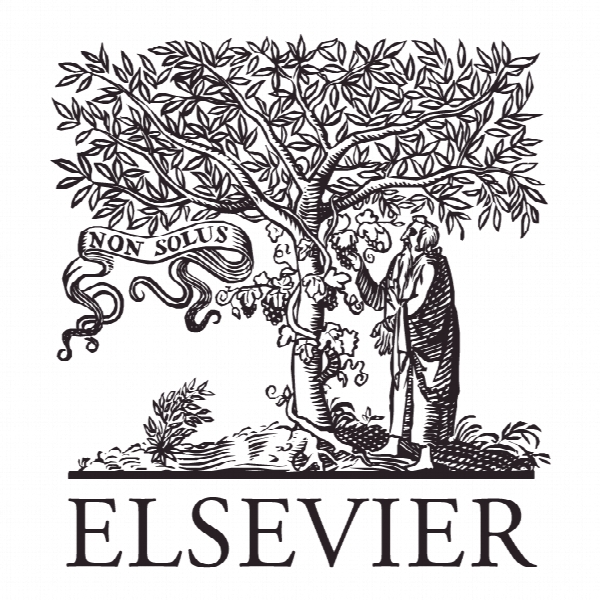عدم تقارن اطلاعات و پویایی توسعه مالی در آفریقا Information asymmetry and financial development dynamics in Africa
- نوع فایل : کتاب
- زبان : انگلیسی
- ناشر : Elsevier
- چاپ و سال / کشور: 2017
توضیحات
رشته های مرتبط اقتصاد
گرایش های مرتبط اقتصاد مالی
مجله بازنگری سرمایه گذاری پیشرفته – Review of Development Finance
دانشگاه African Governance and Development Institute, Cameroon
نشریه نشریه الزویر
گرایش های مرتبط اقتصاد مالی
مجله بازنگری سرمایه گذاری پیشرفته – Review of Development Finance
دانشگاه African Governance and Development Institute, Cameroon
نشریه نشریه الزویر
Description
1. Introduction The World Bank publication of April 2015 on world development indicators has revealed that poverty has been decreasing in all continents of the world with the exception of Africa (Asongu &Kodila-Tedika, 2015).According to the report,many countries in the continent are failing to attain the millennium development goals (MDGs) extreme poverty target (Caulderwood, 2015; World Bank, 2015) despite over two decades of growth resurgence that began in the mid-1990s (Fosu, 2015, p. 44). re is a wide consensus from recent literature that the quality of growth needed to reduce poverty is positively driven by financial development (Asongu, 2015; Asongu & De Moor, 2015). Unfortunately, accessto finance in African financial institutions has been marred by substantial issues ofsurplusliquidity (Saxegaard, 2006; Fouda, 2009), despite the introduction of public credit registries (PCRs) and private credit bureaus (PCBs) to mitigate the information asymmetry associated with financial development (Triki & Gajigo, 2014). The underlying measures towards reducing information asymmetry have fundamentally been linked to the imperative of increasing information-sharing among banksin order to reduce adverse selection and moral hazard between lenders and borrowers. This is supported by a large number of literature documenting that basic financial access in Africa (like credit, payments, private and corporate insurance) has been substantially constrained by a plethora of factors that limit, inter alia: eligibility, physical access and affordability (Batuo & Kupukile, 2010; Allen et al., 2011). There has been a considerable amount of theoretical studies supporting the position that information asymmetry hereafter IA between lenders and borrowers affects financial development by reducing the efficient allocation of capital (Jappelli & Pagano, 2002). In essence, lenders are most often confronted with issues of adverse selection owing to their lack of information on the characteristics of borrowers, especially when it comes to risks associated with the investment for which borrowers want to mobilise financial resources. In addition, the concern is even more worrisome when lenders are unable to control the actions of borrowers after credit has been granted. Accordingly, a borrower could decide to conceal the proceeds of the underlying investment in order to reduce responsibility in event of default or prevent repayment of the underlying debt. Such tendencies are not exclusively present in insolvent borrowers since solvent borrowers could also face the temptation of manoeuvring to avoid complying with reimbursing financial obligations associated with the loan. Ultimately, in order for lenders to caution against such risks, credits are often characterised with rationing activity and high interest rates which have substantial adverse consequences for financial development, growth and poverty alleviation. These downsides can be limited by the sharing of information on borrowers’ solvency characteristics. PCBs and PCRs serve as brokers for this by providing the much needed information to banks. Consistent with Jappelli and Pagano (2002), by sharing information these brokers enable, among others: the efficient allocation of capital, relaxation of credit constraints and increase of credit market competition.


